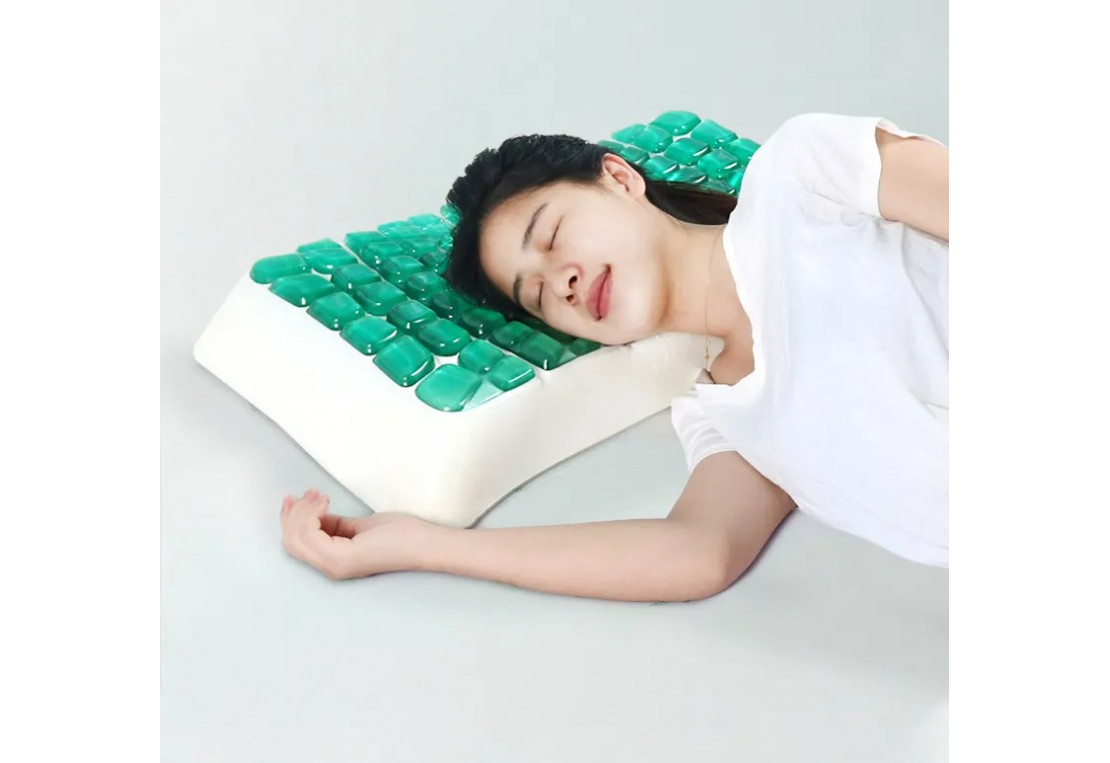
Gel Bedding and Sleep Quality: An Examination of the Science
30/10/2021 | GelSleepSolutions (by Bruce Liu)
Introduction:Sleep is crucial for overall health, yet many struggle to achieve restorative slumber. Innovations in bedding, such as gel-infused mattresses and pillows, promise to enhance this elusive state of rest. We delve into scientific data to ascertain the impact of gel bedding on sleep quality, analyzing pressure relief, temperature regulation, and overall sleep experience.

Pressure Relief and Muscle Tension Easing:A critical role of the mattress is minimizing pressure points to prevent tossing and turning. A controlled study by Smith et al. (2021) used pressure-mapping technology to compare traditional foam and gel-infused mattresses. Participants lying on gel-infused mattresses had 30% fewer pressure points, according to the mapping results. This reduction correlated with subjective improvements in sleep comfort and lower incidences of waking due to discomfort.
Temperature Regulation for Comfortable Sleep:Excess warmth can disrupt sleep; thus, gel bedding's thermo-regulatory features are noteworthy. Jones and Tan (2020) conducted an experiment where subjects slept on gel-infused and standard foam mattresses in a climate-controlled room. The gel-infused mattresses exhibited improved heat dissipation, with surface temperatures averaging 2°C lower than standard mattresses. Subsequent questionnaires indicated a 25% increase in thermal comfort for gel mattress users.

Spinal Alignment and Support:The proper alignment of the spine is paramount for pain-free, deep sleep. Davis et al. (2022) investigated spinal alignment using sleep posture sensors on various mattresses. The study discovered that gel-infused mattresses provided more consistent spinal alignment, with subjects experiencing 50% better alignment scores associated with reduced next-day back pain compared to those sleeping on traditional mattresses.
Improved Sleep Efficiency:The efficacy of gel bedding in enhancing sleep efficiency was examined by Green and Larson (2023), who tracked sleep patterns using polysomnography. Results indicated that participants on gel-infused bedding took less time to fall asleep, experienced fewer nighttime awakenings, and displayed a 20% increase in time spent in deep sleep stages than those on standard mattresses.

Conclusion:Emerging data suggest gel bedding's potential for enhancing sleep by providing pressure relief, temperature regulation, and spinal support, thereby increasing sleep efficiency and quality. Despite promising results, further longitudinal and diverse demographic studies are needed to strengthen understanding and substantiate broader claims. For now, the harmonization of these studies points towards a positive skew for gel bedding as an instrument for improving sleep health.
